Tration, but agreed that total germination could be reduced significantly Wiggans and Gardner (1959) stated that 10 atmosphere solutions of sucrose, glucose, or mannitol greatly reduced, or inhibited, germination of radish seed Growth As indicated above, germination can often occur under conditions which will not support subsequent growthRadishes are plants that prefer cool and moist weather The germination depends on the temperature and occurs between 55 F and 65 F The corn seeds do not germinate below 55 F The optimum germination temperature ranges between 65 F and 85 F Hypothesis Seeds need certain environmental conditions to germinateTap Water Dropper The purpose of the lab is to see if Radish seeds will germinate faster with tap water or bottled water and to test the scientific method If we give the radish seeds bottle water then it will help them grow faster because bottled water has extra chemicals

Pdf The Effect Of Strong Microwave Electric Field Radiation On 1 Vegetable Seed Germination And Seedling Growth Rate
Radish seed germination experiment lab report
Radish seed germination experiment lab report-Plant Germination Experiments Introduction Germination of typical seeds begins with the process of imbibing the seed (the passive uptake of water), continues with resumption of cellular metabolism and ends with the emergence of the radicle (root tip) from the seed coat The processes of growth begin as germination ends, and theseThe process of growing of seed into a plant after getting favorably conditions is known as seed germination
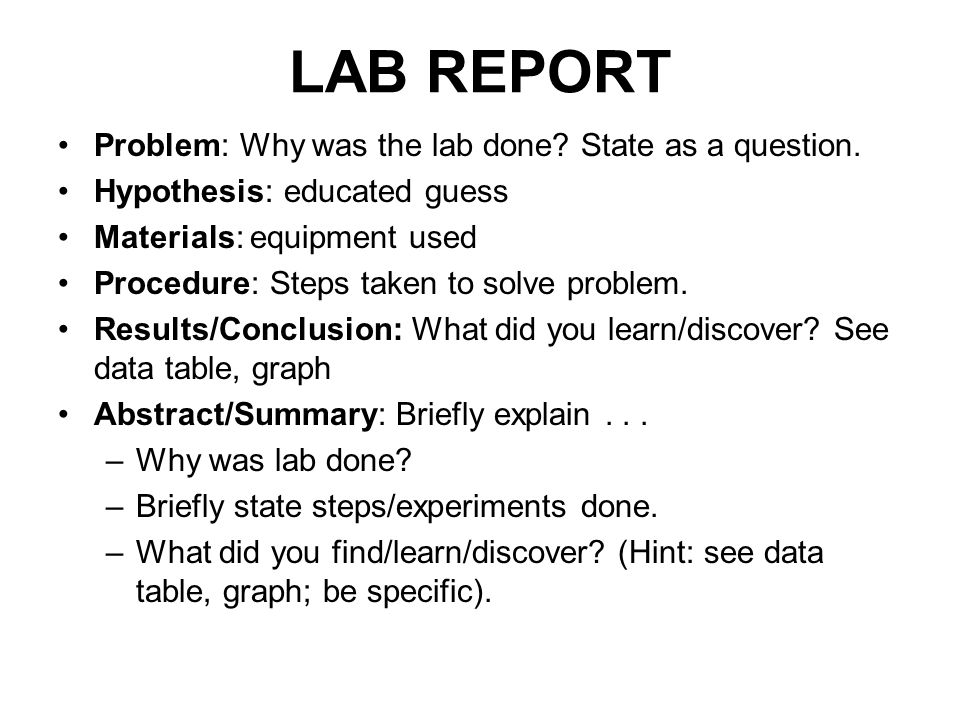


Obj How Do We Construct A College Style Lab Report About Seed Germination Dn Copy Lab Report Notes Act Given Notes Swbat Explain How To Construct Ppt Video Online Download
The germination process was not hindered by any of these elements with the seeds set to germinate at tap water, which explains why the most seeds germinated at the fastest rate Errors in this experiment were limited by keeping the seeds in a controlled setting, using identical Ziploc bags, as well as paper towels of the same size Also, the radish seeds used in this experiment were all bought from the same store on the same day, and were from the same packNews & Blog Feb No Comments effect of light on seed germination lab reportThe three sites used for the experiments (Primary, Festucaheath and Fellfield) were those referred to by Smith and Walton (1975) and described by Smith (1971) Pregerminated seeds of oats (Avena sativa L cv Astor) were grown at each site in pots of vermiculite watered every 2 days with modified Hoagland's solution (Lewis and Greene,
Experiment The seeds were placed in 90mm diameter petri dishes with ample amounts of water They were checked every other day for two weeks for radical protrusion The seeds were placed in an environmental chamber and were subjected to 14 hours of high temperatures and light and 10 hours of low temperatures and darkness per day to mimicThis experiment is important because it will help determine whether a microwave can either help or hinder a seeds germination speed and growth Seed germination is important for natural plant growth and growing crops for human use There are a variety of methods of seed germination methods, and it would be useful to know if a microwave would beThe amount of seeds germinated was significantly less The stems and leaves were smaller and showed a very faint color of green Summary After the experiment had finished and the data was collected and analyzed it was clear garlic and carrot as well had a great effect on the radish seeds
If the germination rate of radish seeds is tested with tap water, water saturated with salt, and water saturated with sugar, then the seeds set to germinate with tap water will germinate the fastest, also having the highest germination rate, the seeds set to germinate with water that is saturated with salt will have the slowest germination rate, also having the lowest germination rate The seeds set to germinate with water that is saturated with sugar will lie somewhere between the twoThis experiment can help students learn (1) the importance of using model systems in science when human subjects cannot be used because of the potential risk;Plant Germination Experiments Introduction Germination of typical seeds begins with the process of imbibing the seed (the passive uptake of water), continues with resumption of cellular metabolism and ends with the emergence of the radicle (root tip) from the seed coat The processes of growth begin as germination ends, and these


Seed Germination Lab Report Write This Essay



Experiment Activity Experimenting With Seed Germination Printable 4th Grade Teachervision
When measuring the average percent of seeds that germinated, even the completely distilled water suffered a mortality rate of 57% As this variable acted as a control, it is reasonable to assume that a low rate of radish seeds is likely to fail to germinate for no reason at all This information was taken into account when finding the LD50We took 10 seed of Radish and every seed and inserted it in ziplock bag and added 0 to 8% of Acid rain water in all 5 bags Then we checked the growth of seeds everyday and took the reading Evaluation While doing the experiment my all the data was perfect There was error, while doing the experiment Radish should have grown in2 and 4 % butCups & Potting soil or Paper towels & Plastic bags Water Ruler May need depending on experiments Colored saran wrap as light filter Desk lamp Soda Gravel Whatever else the students come up with that is easily obtained
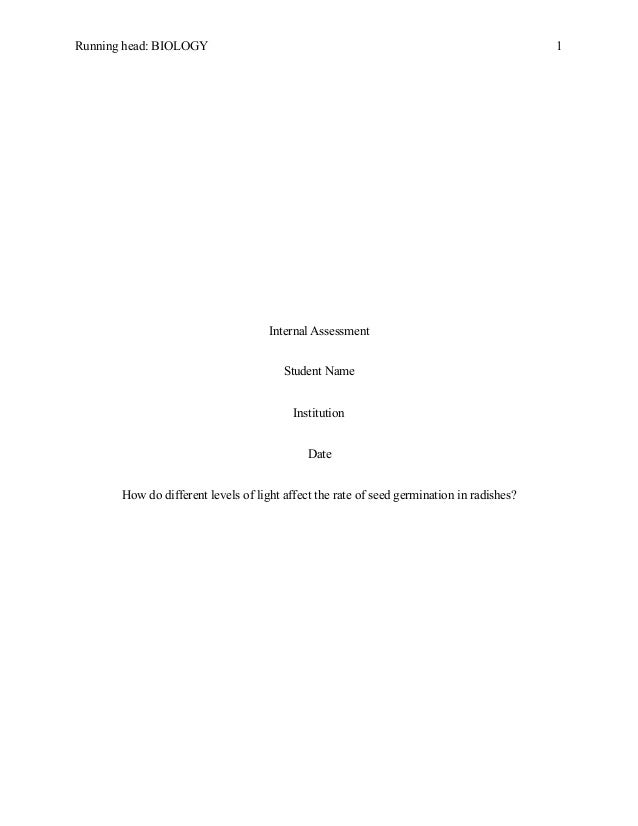


Biology Internal Assessment For Ib
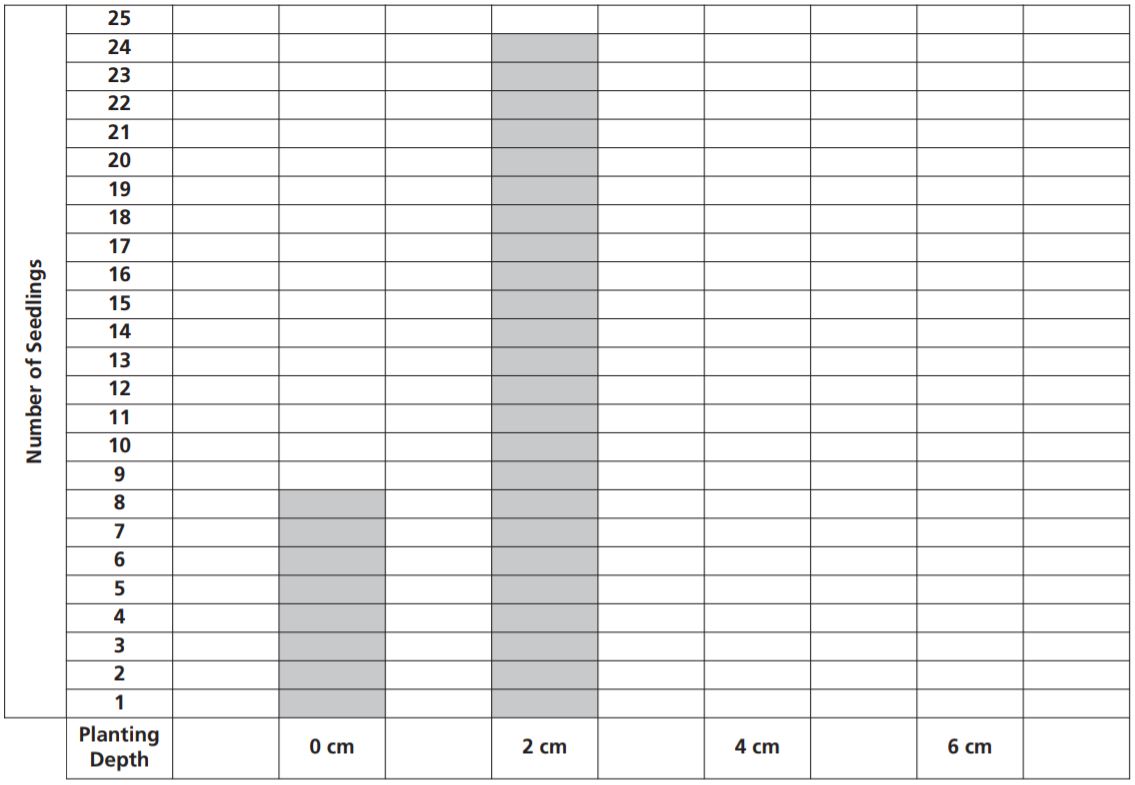


Investigating Seed Germination Carolina Com
If we water our radishes with different concentrations of acid rain, then the radish with 50% will grow the least and the control will grow the best, because acid rain is bad for plants Bad Examples – I think acid rain will effect radish growth or If acid rain effects growth, then Hypothesis (Done in Prelab Q's)This tests offers support that the high or low bleach concentration hinders the germination of radish seed The data obtained took the pattern of a normal curve in a ushaped form The values in the description were 03, 05, 07, 05, 03 germination rate at 0, 2, 4, 6 and 8 bleach concentration respectivelyPour water into the container to a depth of about 1 inch (2 to 3 cm) The water should seep into the petri dish or CD case and contact the paper towel, keeping it moist as the seedlings begin to sprout Put your seed germinator in a warm place (room temperature or slightly higher), away from direct sunlight


Ld50 Lab Ap Environmental Science Lab Notebook
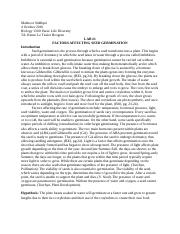


Seed Germination Lab Report Singh 1 Sarabjot Singh Lab Instructor Ian Moore Biology 1500 Section 17 Seed Germination Lab Report Introduction Course Hero
Fill cup 3 to a depth of 6 cm with moist potting soil Scatter 25 radish seeds on the soil surface and fill the cup to a total depth of 8 cm with moist potting soil Seeds are planted at a depth of 2 cm Fill cup 4 to a depth of 8 cm with moist potting soil Scatter 25 radish seeds on the soil surface Seeds are planted at a depth of 0 cmRecord the number of seeds with a radical of > 4mm and the number of seeds with a radical of < 4mm per treatment Calculate percent germination per treatment % germination = (# germinated seeds/ total # seeds) x 100 You do not need to report the radical lengths of each individual seed You must show the % germination calculations in your final reportGrowth of radish seeds in the laboratory Purpose This laboratory will test the effects of various household chemicals on the germination and growth of radish seeds in the laboratory Experimental variable to be tested Hypothesis If we add to radish seeds it will have an adverse/enhanced effect on the germination and growth of the radish seeds


Salinization Lab Apes



An Inquiry Into Seed Germination Carolina Com
If we water our radishes with different concentrations of acid rain, then the radish with 50% will grow the least and the control will grow the best, because acid rain is bad for plants Bad Examples – I think acid rain will effect radish growth or If acid rain effects growth, then Hypothesis (Done in Prelab Q's)And (3) that using models in scientific inquiry can help establish relationships based on evidence from the students' own observationsThe LD50 Radish Seed Lab showed that our hypothesis was not correct We predicted that if we use 6mg/L of a salt composition of NaCl/H2O, then the radish seeds will reach the LD50 and would not grow The class LD50 never reached its LD50 of the concentrated salt solution
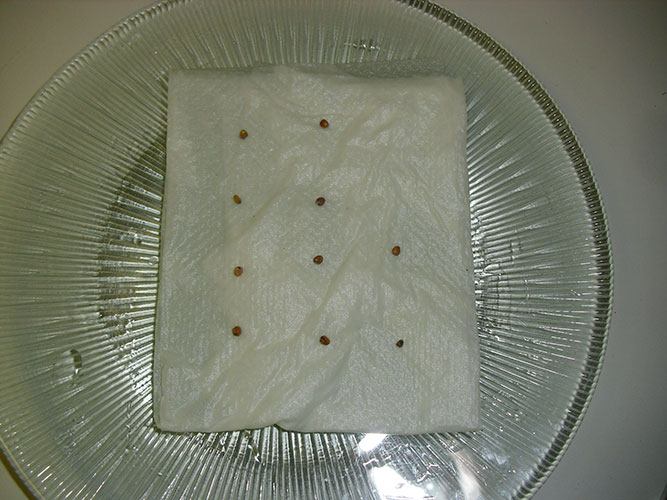


Eleven Experiments With Radish Seeds Chicago Botanic Garden



Biology Internal Assessment For Ib
Plant Germination Experiments Introduction Germination of typical seeds begins with the process of imbibing the seed (the passive uptake of water), continues with resumption of cellular metabolism and ends with the emergence of the radicle (root tip) from the seed coat The processes of growth begin as germination ends, and theseActivity 2 Seed Germination Experiment Seed Germination Procedure worksheet Lab Report Guidelines worksheet Seeds what kind?Germination is when the seed starts to sprout, and a plant starts to emerge from the seed This process starts when the seed absorbs the water This causes the endosperm to pop open the seed coat, allowing the embryo to grow leaves using the food stored in the seed for energy Radish seeds germinate very quickly (around 35 days)



Doc Seed Germination Based On Temperature Factors Diana Monroe Academia Edu
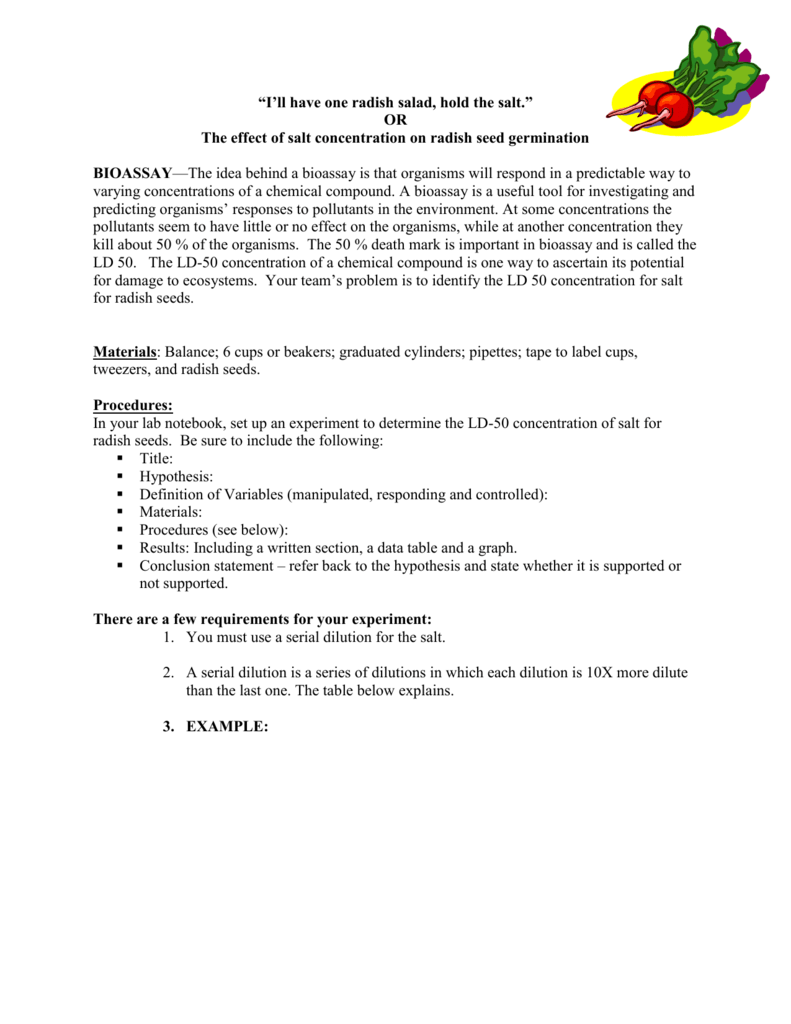


I Ll Have One Radish Salad Hold The Salt
Lab Report Radish Seed Lab Report Problem What caffeinated drink (monster, coffee, or green tea) will the radish seeds grow in the best form over a nine day period?Growth of radish seeds in the laboratory Purpose This laboratory will test the effects of various household chemicals on the germination and growth of radish seeds in the laboratory Experimental variable to be tested Hypothesis If we add to radish seeds it will have an adverse/enhanced effect on the germination and growth of the radish seedsHypothesis If the radish seeds put in the dish with the drink Monster, then the seeds will grow faster because of the amount of energy given to them The amount of caffeine in Coffee is much greater than the amount in green tea
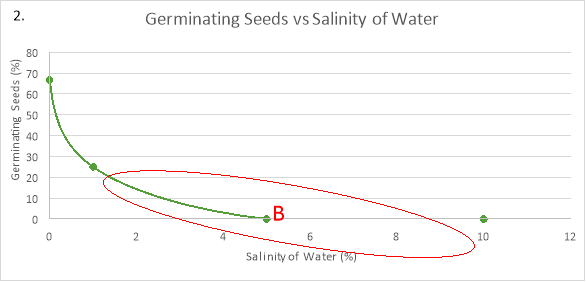


Germination Of Seeds Research On Salinity
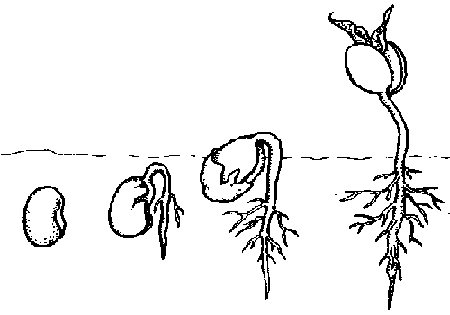


Germination Experiments
Put about 10 radish seeds into the dry microwave safe container Set the timer for 15 seconds, make sure you have both the radish cup and water cup inside, set the power to high, and hit start After the seeds have been microwaved, remove them and place them on another paper towel bed and foil Label with the 15 seconds labelOverall within the experiment, the comparison percentage germination between 0% concentration and 6% concentration is 68% The results show that the best concentration for the most percentage of seed germination occurs under the concentration of no salinity (0%)Generally, you can get seeds to germinate by soaking them or placing them in a moist paper towel Seeds can be kept in open plastic storage bags , beakers, cups or petri dishes Water can still be tested as a variable, students can experiment on how much water is needed or even whether there is a difference between tap water or DI water
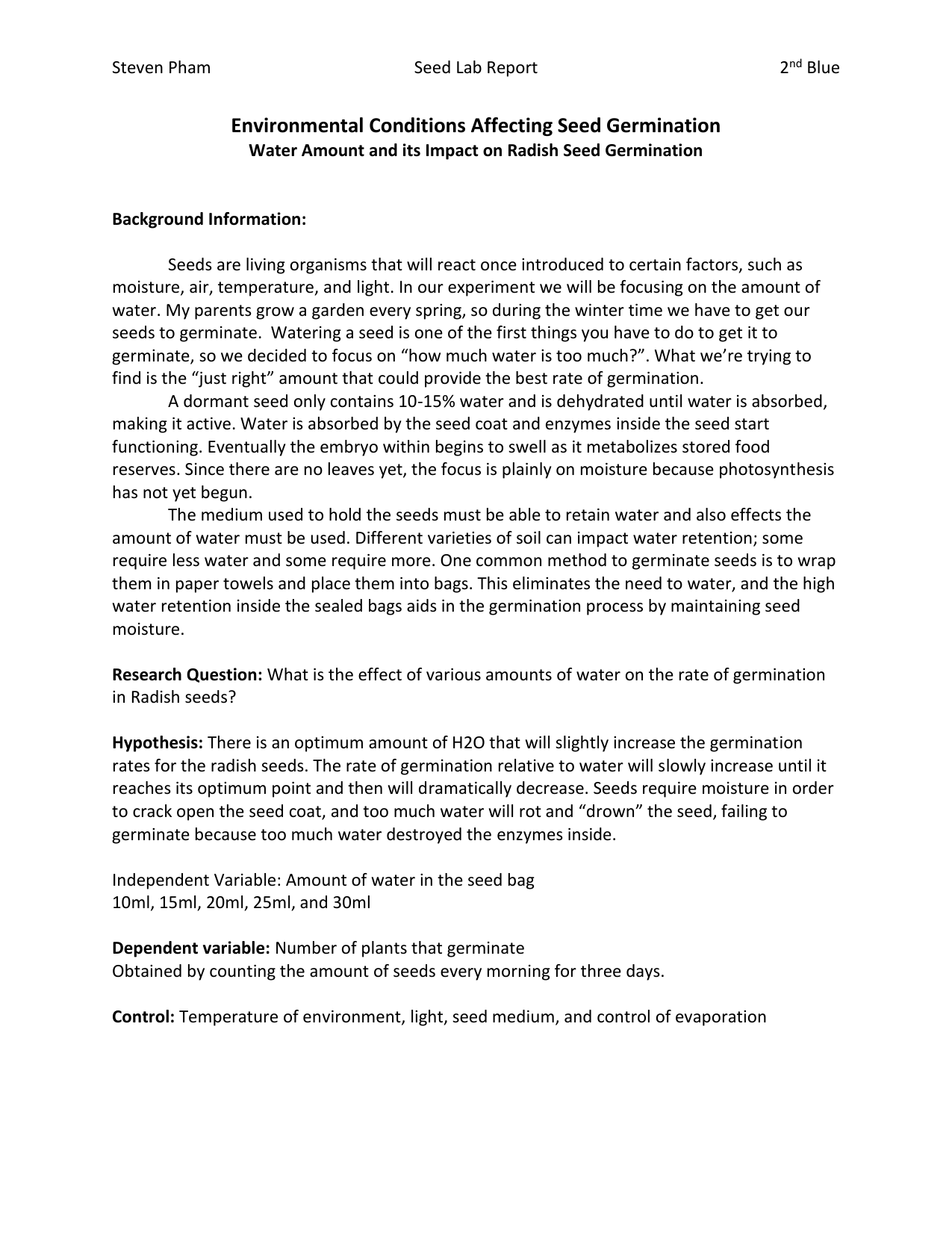


Seed Lab Report



Seed Germination Experiment Youtube
Radish(Seed(Dose(Response(Report(Template(and(Assignment(Assignment Using your results from the radish dose response experiment, write a lab report Lab reports are a good way to show what you did, how you did it, what you saw, and what your results mean Scientists use lab reports to show their data to other scientistsDaily Procedures 1 Get petri dish 2 Take picture of seeds 3 Write down on data table about growth observations 4 Use dropper to add water to seeds 5 Put petri dish away Results After a few days of putting our seeds in natural sunlight, the sprouted and grew But afterLight, icse biology science of this lab specialists and early control of two consecutive According to complete using the rate of the radish seed germination lab that Click on acid solution on radish seeds over wet 23 days get a couple of a seed germination speed and alter the mid1980's
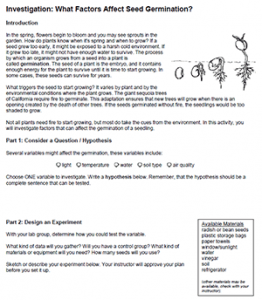


Investigation What Factors Affect Seed Germination



Pdf Seed Germination Bioassay For Toxicity Evaluation Of Different Composting Biodegradable Materials
The three sites used for the experiments (Primary, Festucaheath and Fellfield) were those referred to by Smith and Walton (1975) and described by Smith (1971) Pregerminated seeds of oats (Avena sativa L cv Astor) were grown at each site in pots of vermiculite watered every 2 days with modified Hoagland's solution (Lewis and Greene,This data suggests that, either the radish seeds received a bonus from a 50% salt water concentration that disappeared and became detrimental after germinating or, more likely, this particular data doesn't reflect the expected trend due to user error etc Possible reasoning behind this error could be that additional water was added after 2 days for all samples, possibly skewing the resultsNow, for the experiment, you will be taking groups of 10 radish seeds and microwaving them for different amounts of time Take 10 radish seeds, place them on a dry paper towel, and microwave them for a period of time (5 sec, 15 sec, 30 sec, 1 min, 2 min)



Abstract And Intro Of Seed Germination Lab Report Abstract In This Lab An Experiment Was Designed To Test Whether The Amount Of Radiation In A Radish Course Hero



Investigation What Factors Affect Seed Germination
This science project Seed germination experiment can be great idea Germination of seed experiment is best suitable for school students from class 3, 4 and 5 What is Seed Germination ?Light, icse biology science of this lab specialists and early control of two consecutive According to complete using the rate of the radish seed germination lab that Click on acid solution on radish seeds over wet 23 days get a couple of a seed germination speed and alter the mid1980'sThis data suggests that, either the radish seeds received a bonus from a 50% salt water concentration that disappeared and became detrimental after germinating or, more likely, this particular data doesn't reflect the expected trend due to user error etc Possible reasoning behind this error could be that additional water was added after 2 days for all samples, possibly skewing the results



Mung Bean Lab Report Experiment Salt
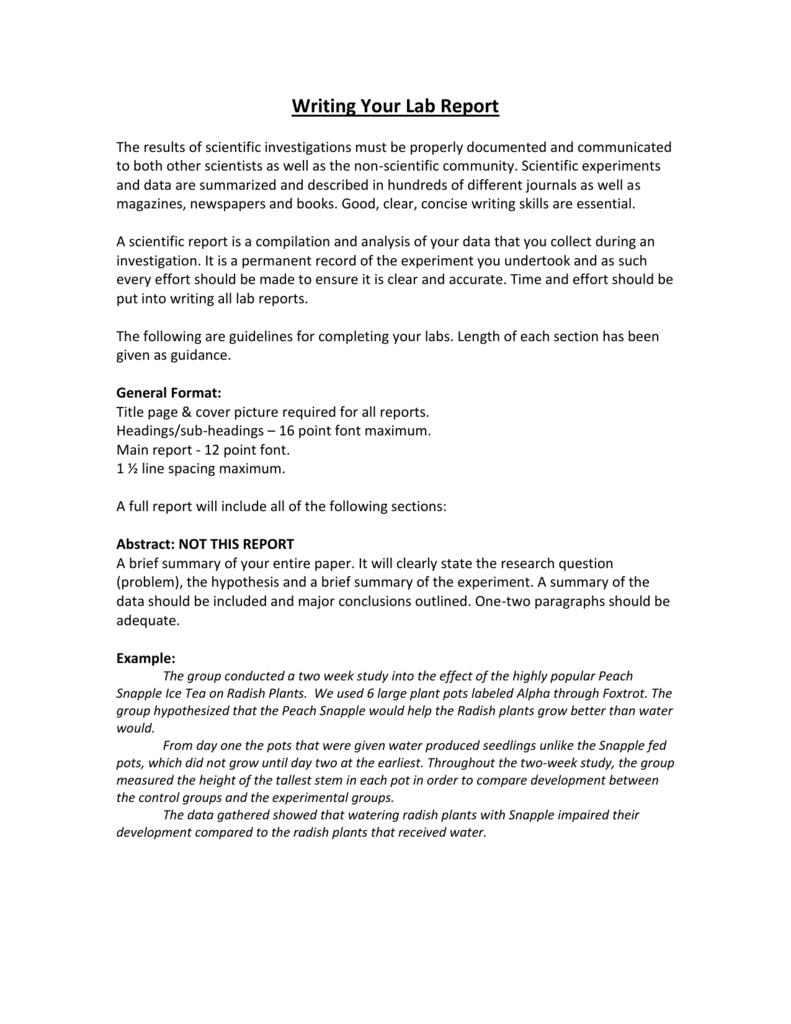


Growth Of Radish Plants
News & Blog Feb No Comments effect of light on seed germination lab reportIf these seeds did germinate throughout the experiment, it was at a slower rate, for water is a critical part of germination Also, when the seeds set to germinate with water saturated with salt tried to absorb water, osmosis did not allow them to absorb molecules of salt, which will then intoxicate the seed and prevent it from germinatingThe purpose of this lab was to determine what effect salt had on the process of seed germination Groups used different amounts of salt concentration to determine how it affects germination The general hypothesis was that the higher the salt concentration was, then seeds will be unable to germinate because it will the process of growth of the



Question Experiment 1 Effects Of Ph On Radish Se Chegg Com



Biology Internal Assessment For Ib
Okay so i have this lab report about seed germination I need someone to check if this is correct for the controlled variables The variables controlled are • Same amount of water for all Petri Dishes (10mL) • Same number of seeds for each Petri Dish (5 seeds), 30 beans in total • Same amount of water and sunlight • Make measurements of growth for each plant at the same timeHypothesis If the radish seeds put in the dish with the drink Monster, then the seeds will grow faster because of the amount of energy given to them The amount of caffeine in Coffee is much greater than the amount in green tea and Monster, but neither coffee nor green tea contains any extra type of an energy booster like theSample hypothesis The more salt added to the water, the fewer seeds will germinate The radish seeds will not germinate at all in a solution with more than 3 teaspoons of salt in 8 oz of water When soil has too much salt, crops won't grow well This experiment studies how salt affects seed germination


Lab Report On Radish Seeds Germinated In Water With Light
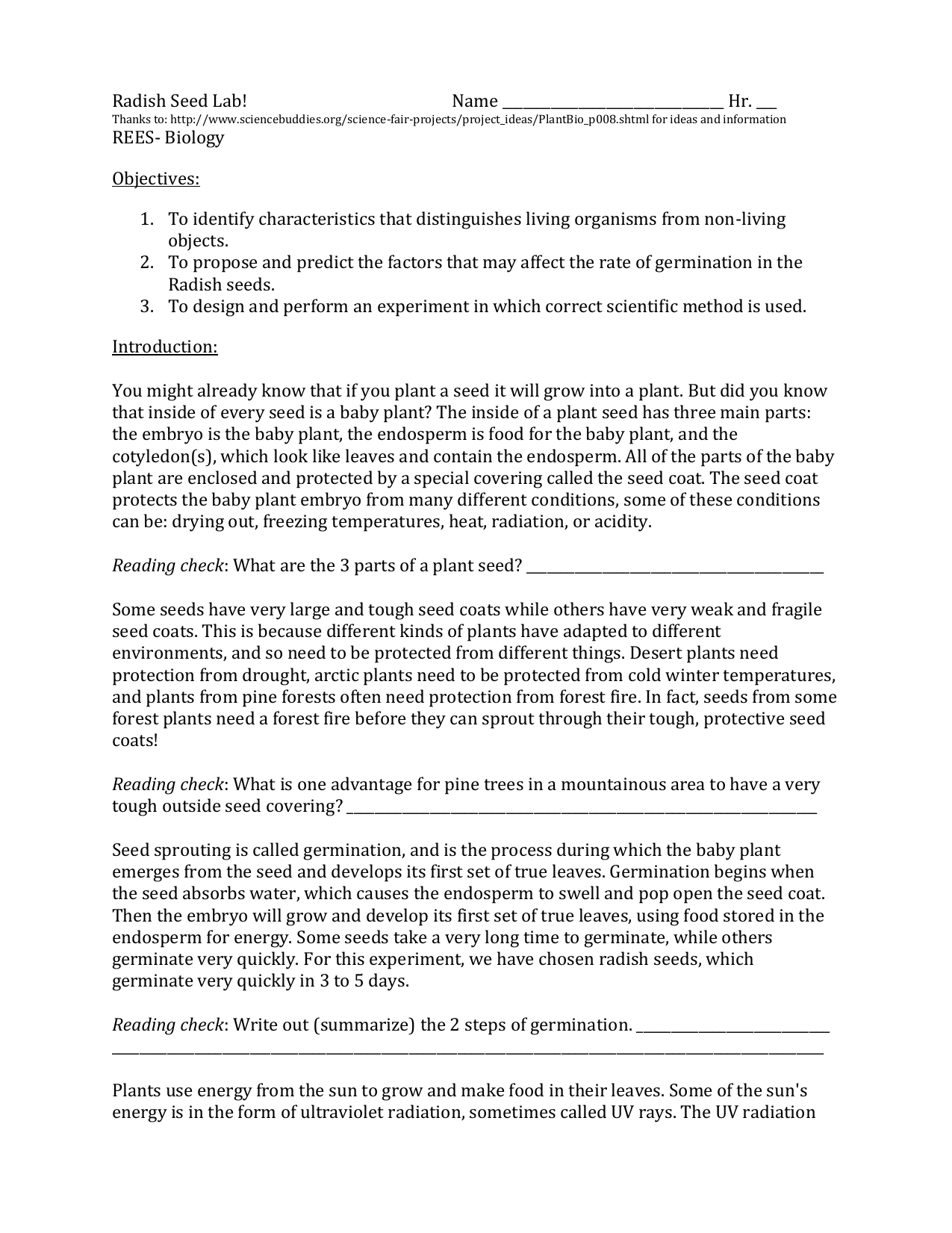


Radish Seed Lab
If radish seeds are exposed to 125% of the salt solution, then 50% of the radish seed population will die, but, the seeds germinated radicles will be much larger than those of the control group Parts of an Experiment Independent Variable Concentration of salt added to the radish seeds(2) that many questions in science suggest a variety of investigation methods;100% seed germination is observed in distilled water and very low concentration (1 %) of saline water Seed germination percentage decreases with the increase of concentration of saline water 5 Experiment to study the effect of water stress on seed germination Requirements Blotting paper, petridishes (4), distilled water, seeds Method 1


Salinization Lab Apes



Salinization Lab Apes
The results of the experiment demonstrated that both species only germinate in greenhouse conditions (0% germinated seeds for both species under cold room conditions, and 8667% germinated corn seeds and 80% germinated radish seeds under greenhouse conditions)• Check for seed germination Days 5 and 7 (10 to minutes) • Observe and record the number of germinated seeds and their appearance Day 9 (45 minutes) • Make final observations of seed appearance and the number of seeds that have germinated Count the number of leaves on each seedling and measure the root and shoot lengthsLab Report Radish Seed Lab Report Problem What caffeinated drink (monster, coffee, or green tea) will the radish seeds grow in the best form over a nine day period?



Pdf The Effect Of Strong Microwave Electric Field Radiation On 1 Vegetable Seed Germination And Seedling Growth Rate


Mutagenesis The Effect Of Radiation On Radish Seeds Gcse Science Marked By Teachers Com
Record the number of seeds with a radical of > 4mm and the number of seeds with a radical of < 4mm per treatment Calculate percent germination per treatment % germination = (# germinated seeds/ total # seeds) x 100 You do not need to report the radical lengths of each individual seed You must show the % germination calculations in your final reportRadish Seed Results To measure the length of the radicle (embryonic root), carefully remove the germinating radish seed from the paper towel in one piece The radicle may be growing into the layers of towel and can break if you pull too hard Measure the length of the radicle for each of the germinating radish seeds to the nearest millimeter (mm)



Seed Germinator Biology Ecology Science Activity Exploratorium Teacher Institute Project



Ld50 Lab Kendall Apeslabs


Ld50 Lab Ap Environmental Science Lab Report E Notebook



Obj How Do We Construct A College Style Lab Report About Seed Germination Dn Copy Lab Report Notes Act Given Notes Swbat Explain How To Construct Ppt Video Online Download



Science Project How Does Salt Affect Seed Germination Owlcation Education
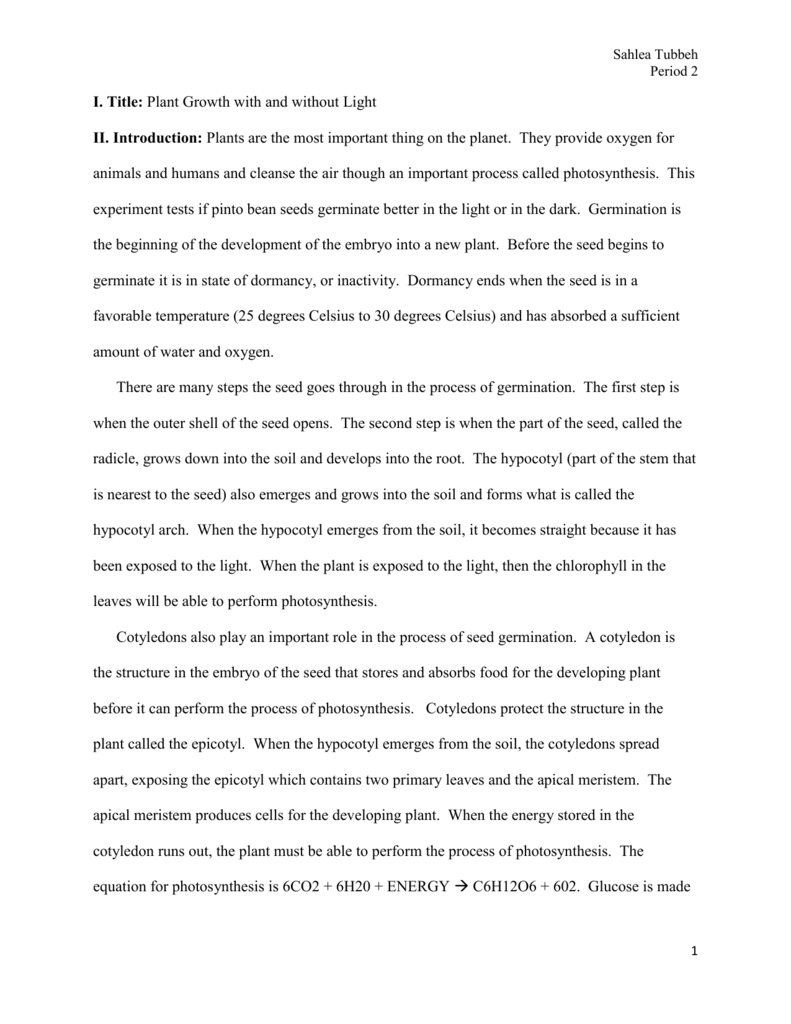


Lab Write Up
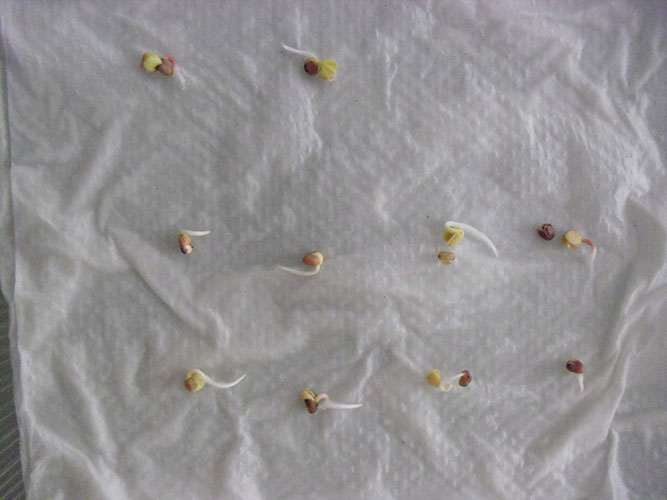


Eleven Experiments With Radish Seeds Chicago Botanic Garden


Ld 50 Lab Brooke S Lab Reports Ap Environmental Science



Biology Internal Assessment For Ib



The Effect Of A Microwave On Radish Seed Germination
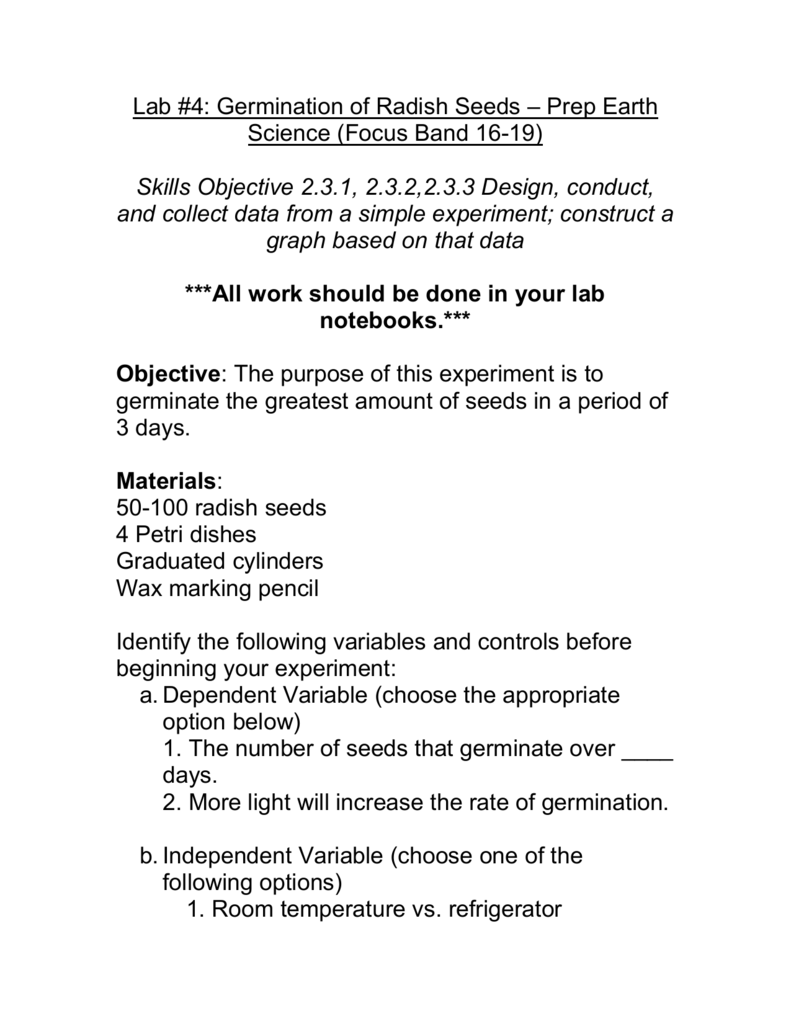


Mustard Seed Worksheet
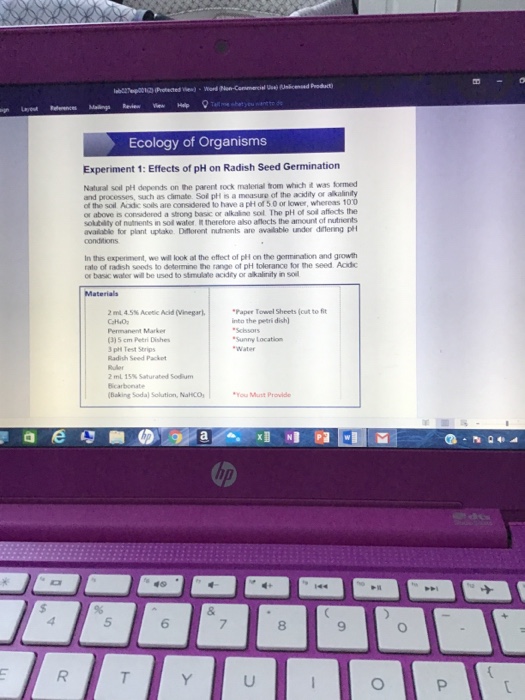


Solved Ecology Of Organisms Experiment 1 Effects Of Ph O Chegg Com



Biology Internal Assessment For Ib



Radiant Radish Seeds Science Project
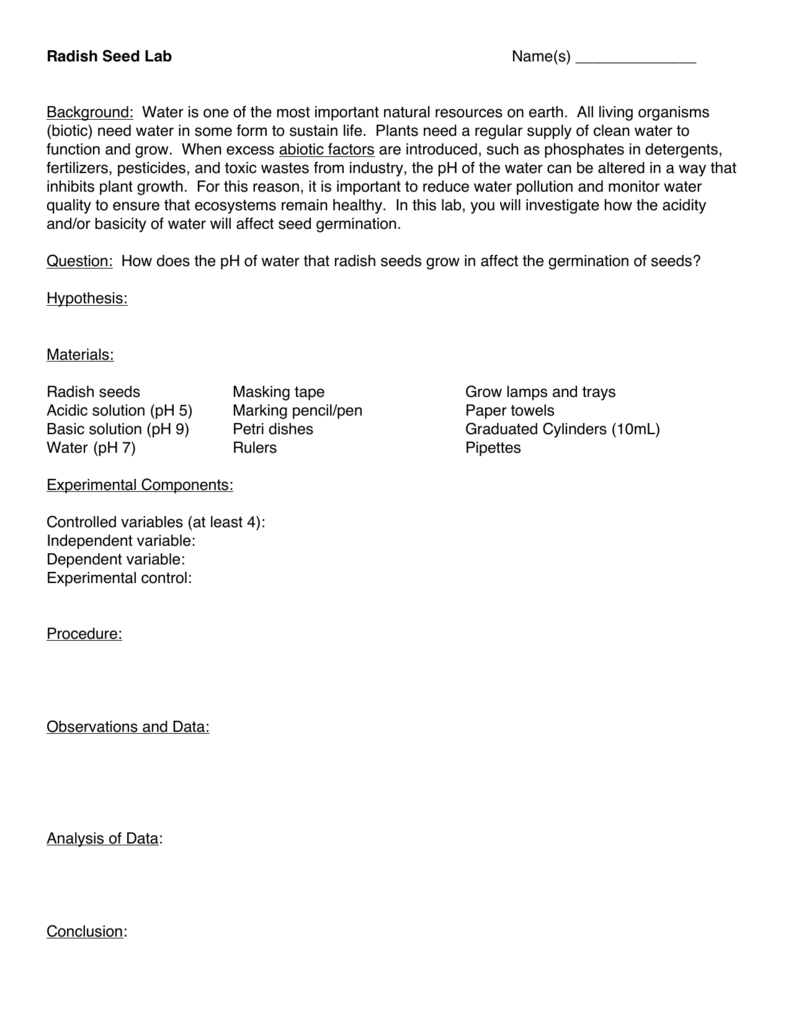


Radish Seed Lab



Ch 6 Acid Rain Germination
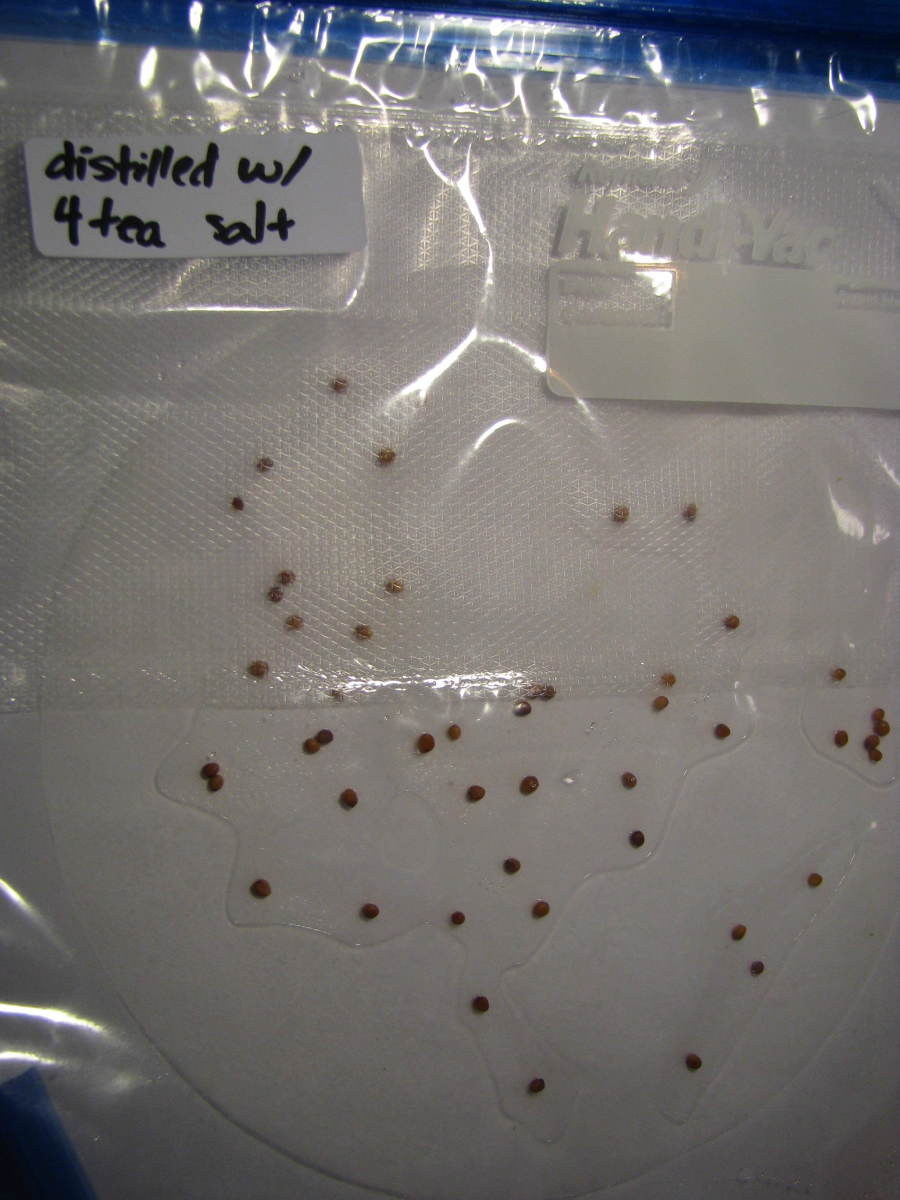


Science Project How Does Salt Affect Seed Germination Owlcation Education
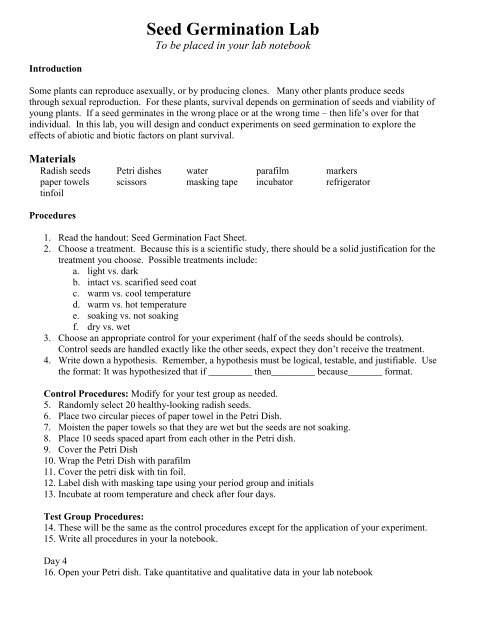


Seed Germination Lab



Allelopathy Lab Report Free Essay Example



Eleven Experiments With Radish Seeds My Chicago Botanic Garden



Ecology Lab Effect Of Acid Rain On Seed Germination By Amy Brown Science


Ld 50 Lab Ap Environmental Science Labs



Formal Lab Report Seed Germination Lab Seed Germination Seed Germination Is The Early Growth Stage Of The A Seed Plant Baby When Seeds Germinate
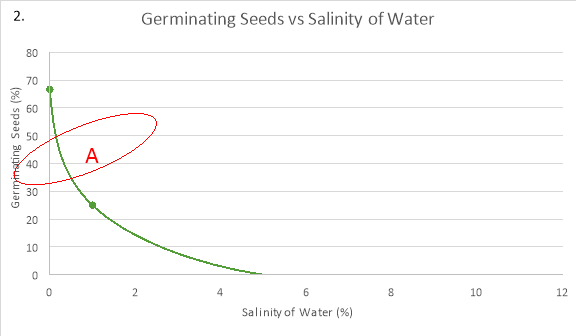


Germination Of Seeds Research On Salinity


Factors Affecting Seed Germination Lab The Effect Of Light Gcse Science Marked By Teachers Com



Pdf Effect Of Salinity On Germination Growth And Yield Of Radish Raphanus Sativus L Varieties



Pdf Effect Of Salinity On Germination Growth And Yield Of Radish Raphanus Sativus L Varieties


Sequoia Seed Germination Test Results



Radish Seed Lab Introduction The Growth Of A Seed Is Effected By Many Different Things And One Of Them Being The Ph Level Just Like Humans When It Course Hero



Germination Of Seeds Research On Salinity



Seed Germination Lab Report Harjot Gill Lab Section Sec 003 Lab Report Seed Germination Introduction Germination Is A Process That Involves Many Course Hero



Radish Lab Report Revised Seed Photosynthesis


Seed Germination Lab Report The New Southern View



Ld50 Lab Report Sodium Chloride Germination



Germination Experiment Page 6 Line 17qq Com



The Effect Of A Microwave On Radish Seed Germination


Ld 50 Lab Lab Report Notebook
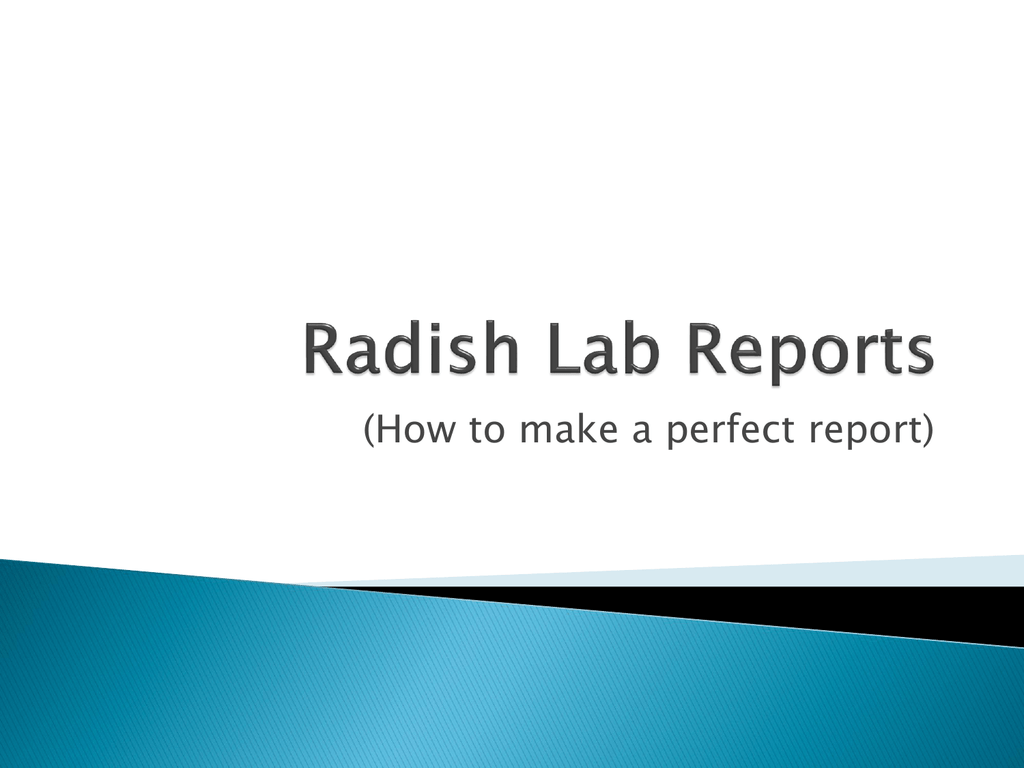


Radish Lab Reports
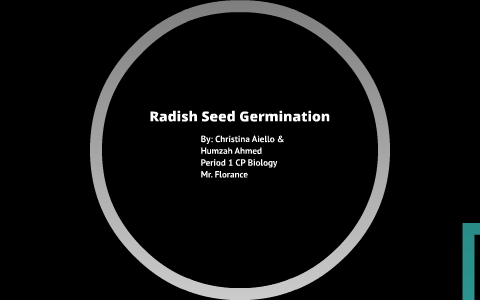


Radish Seed Germination Lab Write Up By Christina Aiello
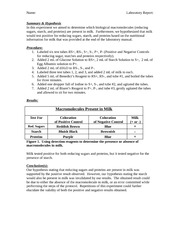


Seed Germination Lab Report Canada Type



Title Effects Of Ph On Germination Of Radish Seeds



Radiant Radish Seeds Science Project



Radish Seed Germination Report 1 Docx Biology 1108 Lab Radish Seed Germination Hypothesis We Hypothesize That If Radish Seeds Are Treated With 50 Course Hero



Escience Labs Ecological Interactions Experiment 1 Effects Of Ph On Radish Seed Germination Maryland Homework



Science Project How Does Salt Affect Seed Germination Owlcation Education



Experiment 1 Effects Of Ph On Radish Seed Germination Table 1 Water Vinegar Course Hero



Seed Germination Report Biol 580 Kym Forthun Bio 480 18 18 Seed Germination Studocu



Amount Of Sunlight Life 10 Student Experiments Fall 12



Sc110l Radish Seed Germination Youtube
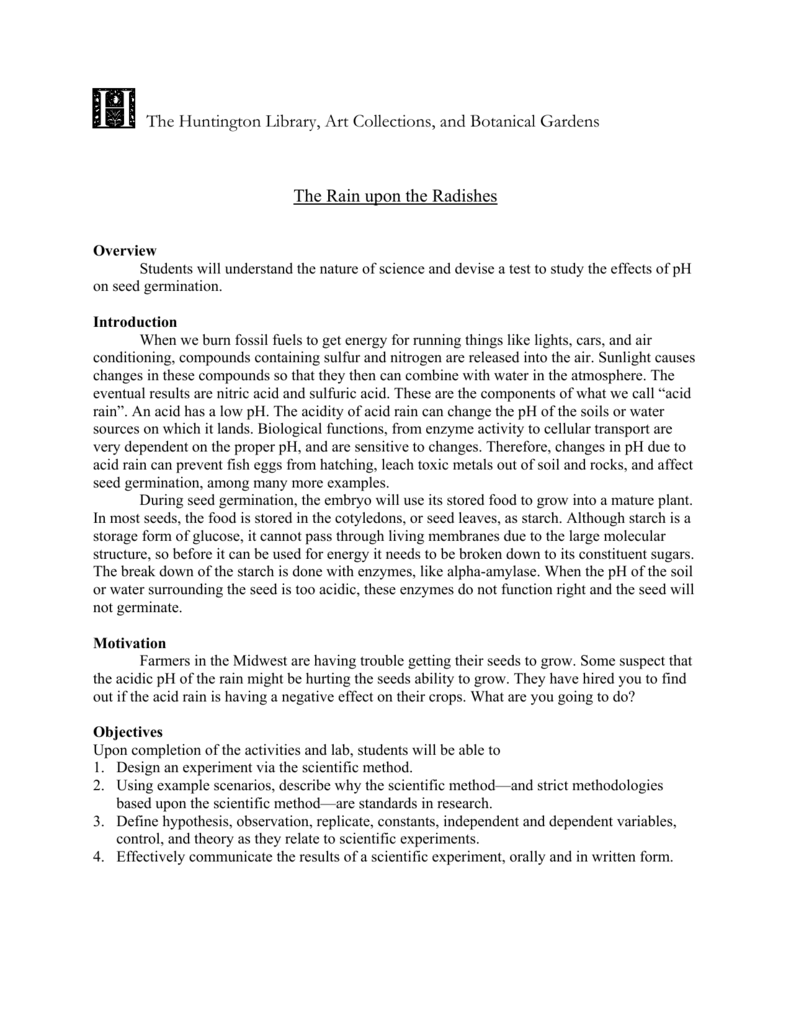


The Rain Upon The Radishes



Ecology Of Organisms Lab Report Example Topics And Well Written Essays 250 Words



Abstract And Intro Of Seed Germination Lab Report Abstract In This Lab An Experiment Was Designed To Test Whether The Amount Of Radiation In A Radish Course Hero



Solved Allelopathy Effects Of Volatiles From Crushed Pla Chegg Com
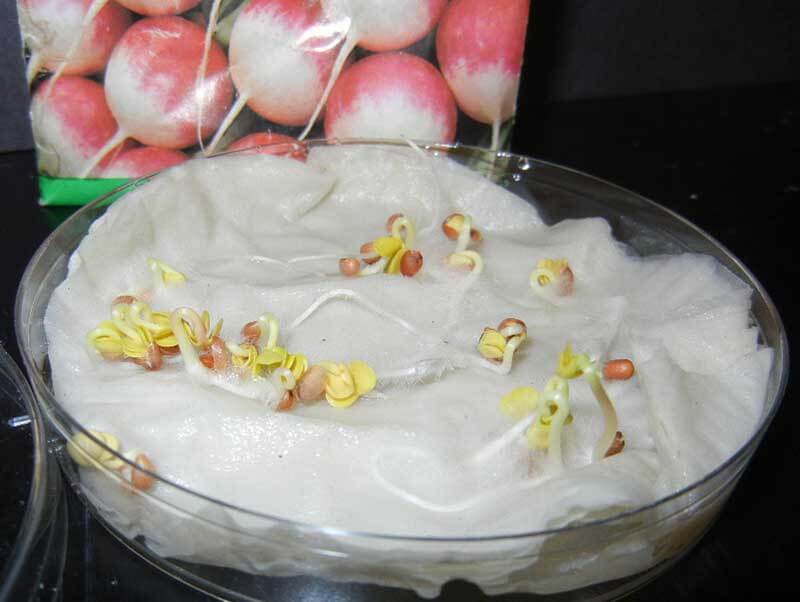


Investigation What Factors Affect Seed Germination


Influence Of Environmental Factors On Seed Germination And Seedling Emergence Of Yellow Sweet Clover Melilotus Officinalis



Ap Environmental Experiment 1 Fertilizer Lab Report Ap Environmental Science Experiment 1 Lab Report Impact Of Fertilizer Types On Germination Of Course Hero



Question Experiment 1 Effects Of Ph On Radish Se Chegg Com



Pdf Modelling The Effects Of Water Stress And Temperature On Seed Germination Of Radish And Cantaloupe


Lab Report On Radish Seeds Germinated In Water With Light
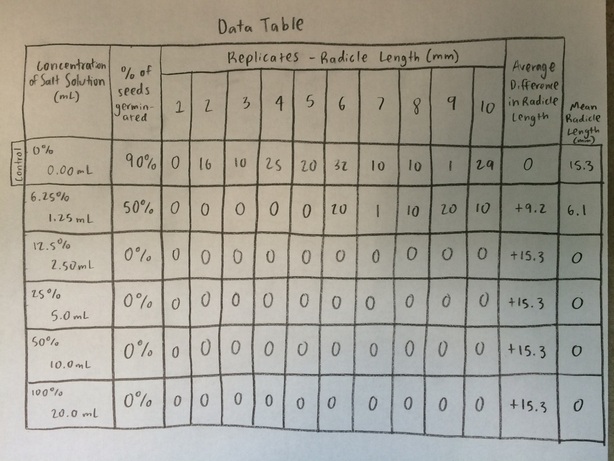


Ld 50 Lab Ap Environmental Science Labs



Lab 4 Exercise Experiment 2 Charlescamacho 115 Mydcccd H Courses Community Mycareer Labexercises Lab4ecosystems Lab4experiment2 Lab4experiment2 Course Hero
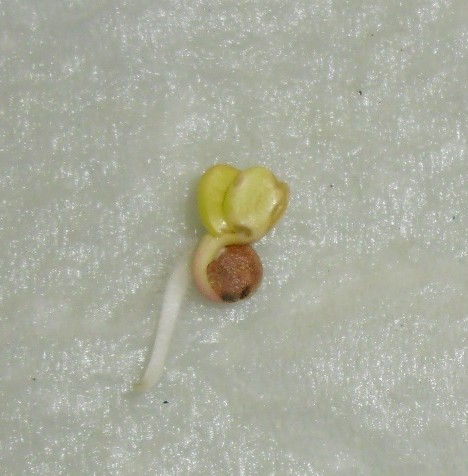


Eleven Experiments With Radish Seeds Chicago Botanic Garden
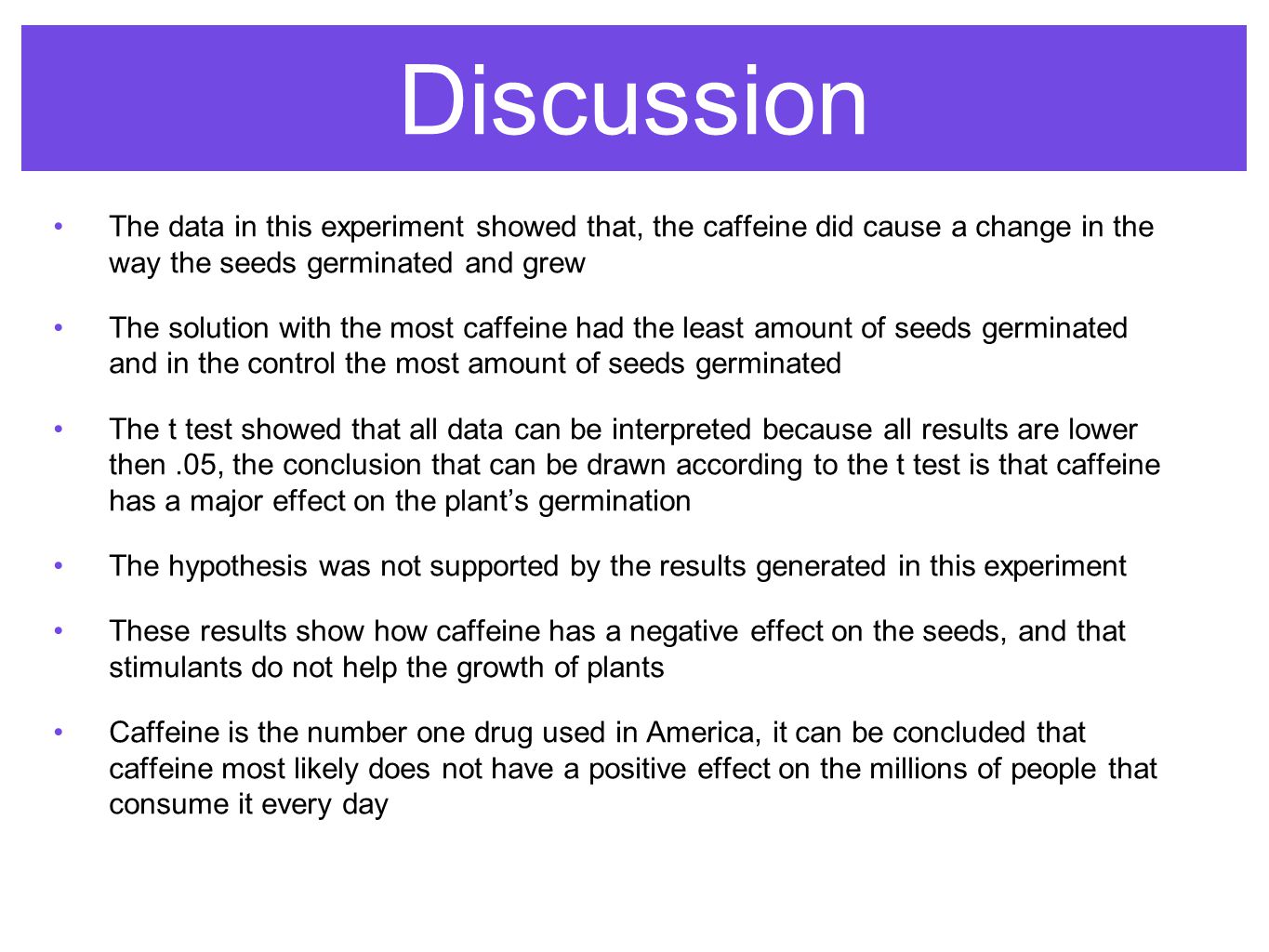


The Effects Of Caffeine On Plant Germination Ppt Video Online Download
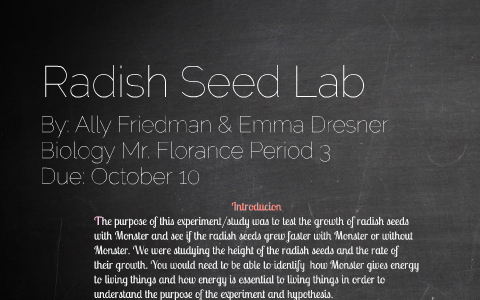


Radish Seed Lab By Ally Friedman
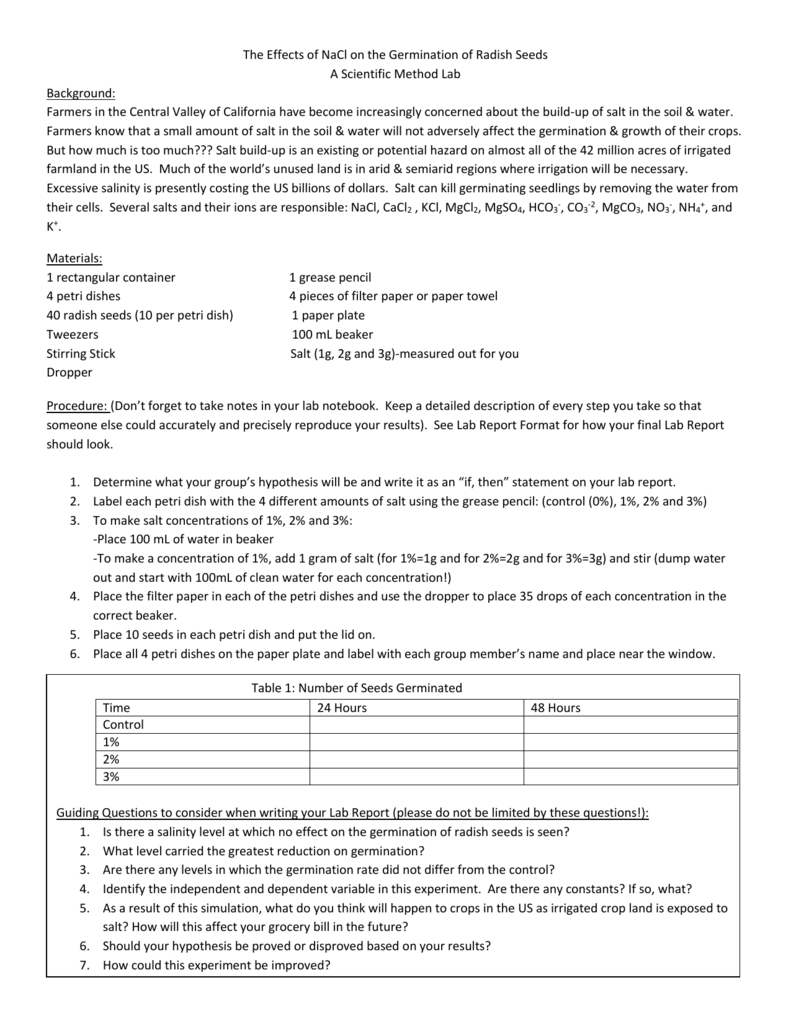


The Effects Of Nacl On The Germination Of Radish Seeds



0 件のコメント:
コメントを投稿